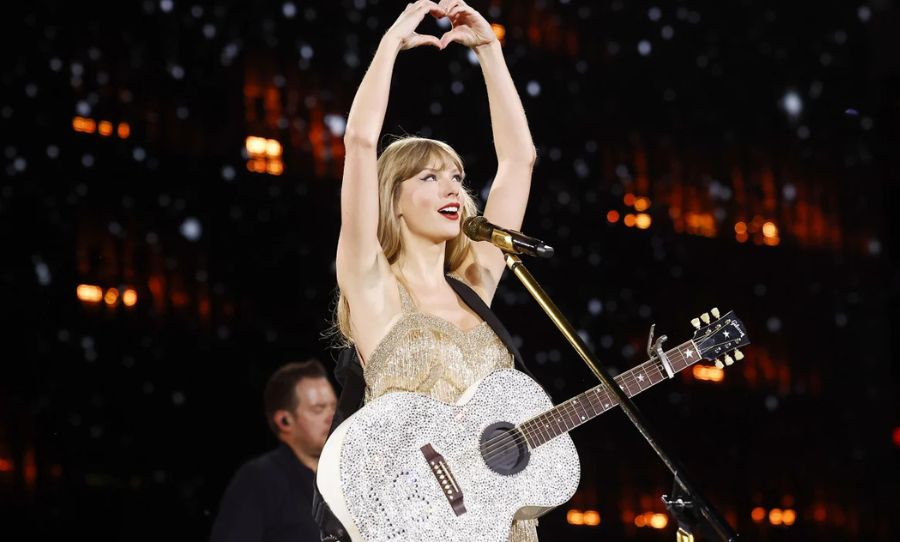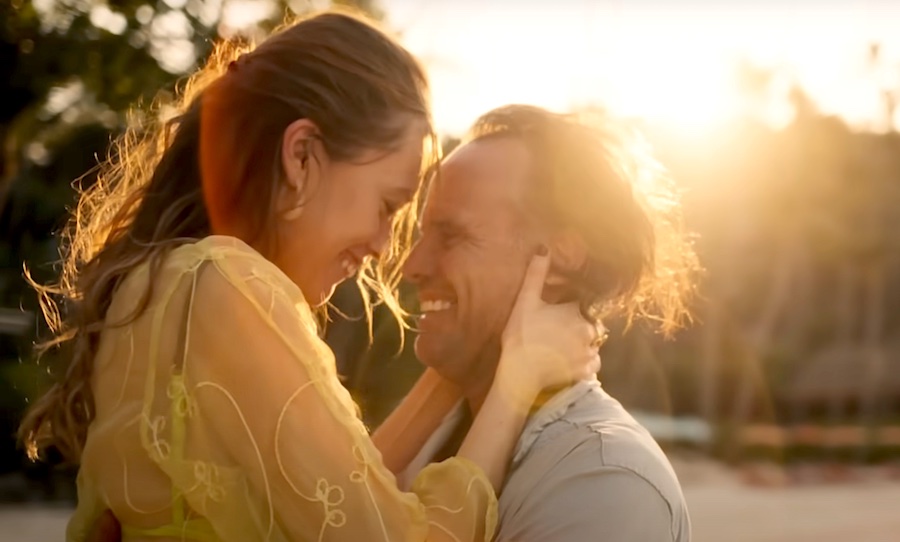Songwriting involves creating a catchy melody and lyrics inspired by personal experiences or social issues, as in iconic songs like ‘Imagine,’ and ‘Stairway to Heaven’.
The art of songwriting has been revered for centuries, and with the dawn of modern pop hits, crafting a memorable melody and lyrical hook remains a highly prized skill.
What distinguishes an enduring hit from a forgettable ditty? How do songwriters create such stirring pieces that touch listeners across generations? What’s the creative process that goes into writing an iconic song?
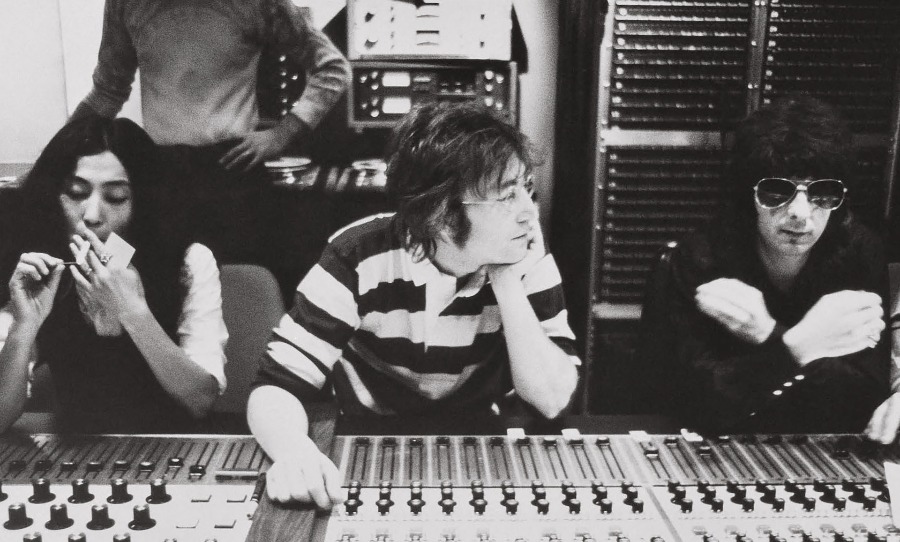
Delving into the depths of the art of songwriting, we discover some of the key elements that are necessary in creating an unforgettable hit.
Although every songwriter has their distinct approach, there are some core ingredients that every songwriter needs to know to make a song that stays in people’s minds.
Firstly, inspiration is the lifeblood of songwriting. A songwriter may draw from personal experiences, emotions, social issues or other sources of inspiration to find the spark that sets off the creative flame. Some of the most celebrated hits of all time have been born out of personal struggles or victories.
Once the inspiration hits, the songwriter’s next task is to create a melody that sticks. This is where the true art of songwriting comes into play. Songwriters must balance the need for a memorable melody with the desire to create something unique and original.
Hooks and repetition are essential in this process. Hooks are catchy phrases or melodies that are repeated throughout the song, and they become the focal point for the listener. By using repetition and a robust hook, songwriters create a melody that lingers in the listener’s mind long after the song has ended.

However, a melody alone does not make a classic hit. Lyrics are also crucial, and they must be carefully crafted to complement the melody and communicate the message of the song. This is where the art of storytelling comes into play. The best songwriters are masterful storytellers who can take a personal or social issue and weave it into a compelling story that resonates with the listener.
To understand this concept, let’s take a closer look at some timeless hits and the creative process behind them.

John Lennon’s “Imagine” is undoubtedly one of the most famous songs of all time. The song, written in 1971, is a powerful call for peace and unity that still resonates today. Lennon drew inspiration from a poem by Yoko Ono, his wife and creative partner. He was impressed by the simplicity and emotional intensity of the words, and he set out to create a melody that would match the emotional depth of the lyrics.
The result was a hauntingly beautiful melody that perfectly captured the spirit of the times. Lennon’s lyrics were equally powerful as he used vivid imagery to paint a picture of a world without borders, where people of all nations could live in harmony. The song’s repeated refrain of “Imagine all the people living life in peace” served as a powerful hook that drew listeners in and made them feel part of the message.
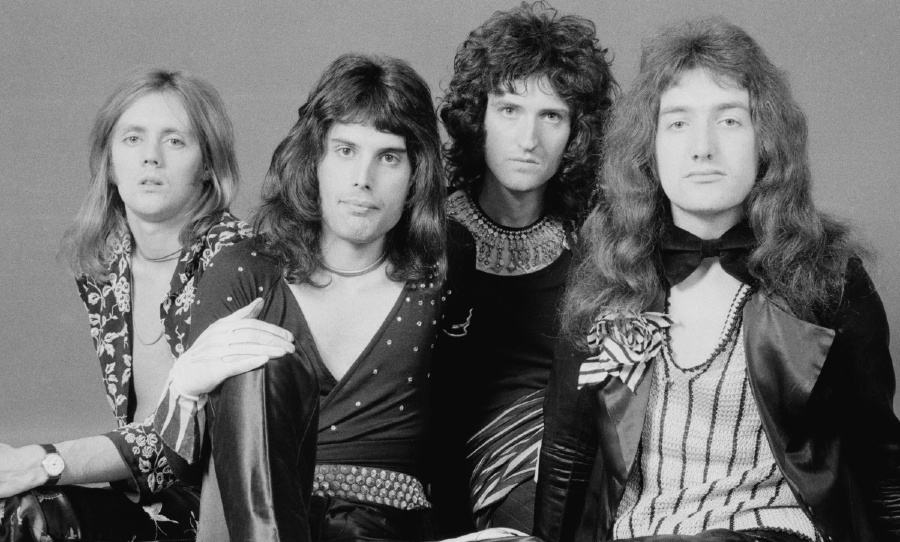
“Bohemian Rhapsody” by Queen is another classic hit that epitomizes the art of songwriting. Written by Freddie Mercury in 1975, the song is a tour de force of musical experimentation and lyrical excellence. The band’s inspiration for the song came from the desire to create something that was entirely different from anything that had been done before.
The result was a six-minute opus that broke all traditional song structures and seamlessly blended different genres. From the operatic opening to the hard rock crescendo, “Bohemian Rhapsody” takes listeners on a wild and unforgettable ride.
What makes “Bohemian Rhapsody” exceptional is its sheer audacity. The song combines elements of rock, opera, and balladry and features a complex arrangement that includes multi-layered vocals, intricate guitar work, and a wide range of instrumentation. The song’s structure is unconventional, with a variety of distinct sections that flow seamlessly into one another. Freddie Mercury’s powerful vocals and emotive lyrics add to the song’s impact, making it a true masterpiece of musical expression.
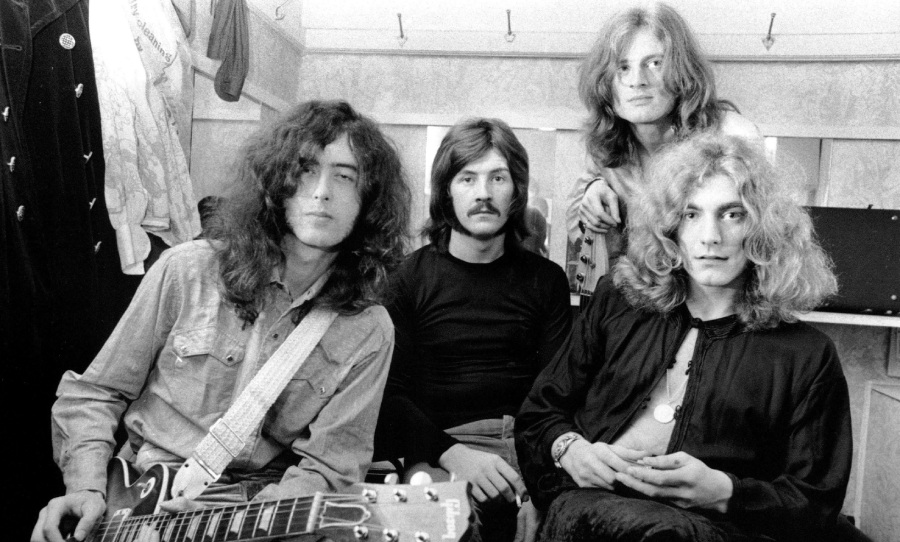
Led Zepplin’s “Stairway to Heaven” – from the opening acoustic strums to the epic guitar solo that sends shivers down your spine, “Stairway to Heaven” is a masterpiece of composition and arrangement. Led Zeppelin’s Jimmy Page and Robert Plant crafted a timeless classic that has stood the test of time and continues to inspire musicians and fans around the world.
The songwriting process for “Stairway to Heaven” began with a simple melody that Page had been playing around with for years. The haunting opening chords of the song were originally written on a small cottage in Wales, and Page had been tinkering with them for some time before he brought them to the band. Plant was immediately drawn to the melancholic and mystical vibe of the melody and began crafting lyrics that reflected his own interests in spirituality and mysticism.
The two musicians spent countless hours working on the song’s arrangement, carefully layering each instrument to create a dynamic and textured sound. The song builds slowly, starting with just Page’s acoustic guitar and Plant’s vocals, before gradually introducing bass, drums, and keyboards to create a lush and intricate soundscape. Each instrument is given its own moment to shine, with the guitar solo in particular standing out as a masterful display of Page’s technical skill and emotional depth.
The lyrics of “Stairway to Heaven” are as much a part of its enduring appeal as its instrumentation. Plant’s vocals soar above the mix, delivering poetic and philosophical verses that touch on themes of spirituality, enlightenment, and the afterlife. The lyrics are open to interpretation, inviting listeners to explore their own meaning and connection to the song.

Jimi Hendrix’s “Purple Haze” remains a landmark of psychedelic rock, showcasing the guitarist’s singular approach to guitar playing and his distinctive, otherworldly sound. The track’s opening riff, played with a distorted, fuzzy tone, sets the stage for a song that explores themes of confusion and disorientation. Hendrix’s nimble fingers work the guitar’s whammy bar, bending notes and creating a sense of disorienting dissonance.
The instrumental break, featuring a swirling, distorted solo, highlights Hendrix’s innovative approach to effects pedals and his ability to coax a range of unconventional sounds from his instrument. “Purple Haze” is a testament to the power of experimentation and the enduring appeal of Hendrix’s unique musical vision.
Songwriting is a multi-faceted process that requires a combination of creative and technical skills, from the initial spark of inspiration to the final mix, each step demands dedication, talent, and hard work, but when all the elements align, it results in a timeless hit – a song that captures the essence of the human experience and resonates with listeners for generations, just like “Bohemian Rhapsody” and “Imagine” have done, cementing the art of songwriting as a crucial part of our cultural heritage that will continue to inspire and move us for years to come.


